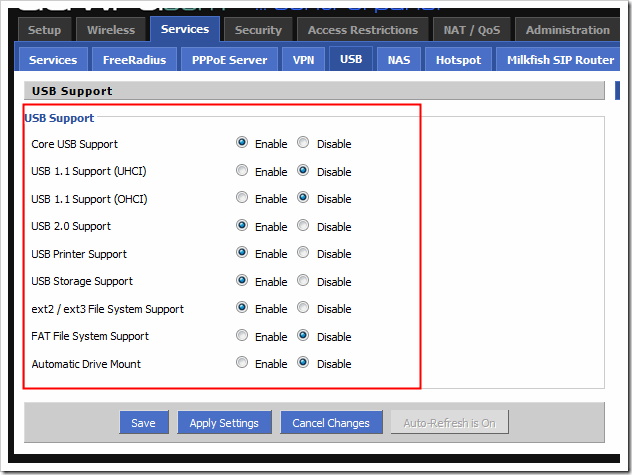
Enable Ssh Server Puppy Linux Live Usb
As root, edit the sshd_config file in /etc/ssh/sshd_config: nano /etc/ssh/sshd_config Add a line in the Authentication section of the file that says PermitRootLogin yes.
Install OpenSSH in Linux What is OpenSSH? OpenSSH is a free open source set of computer tools used to provide secure and encrypted communication over a computer network by using the ssh protocol. Many people, new to computers and protocols, create a misconception about OpenSSH, they think it is a protocol, but it is not, it is a set of computer programs that use the ssh protocol. Nada alarm bahaya narkoba. OpenSSH is developed by the Open BSD group and it is released under Simplified BSD License. A main factor which has made possible for OpenSSH to be used so much among system administrators is its multi-platform capability and very useful nice features it has.
The latest version is OpenSSH 6.4 which has been released on November 8, 2013. This version of OpenSSH comes with many new features and patches, so if you already use OpenSSH for administering your machines, I suggest you to do an upgrade. Why Use OpenSSH And Over Telnet Or Ftp? The most important reason why should use OpenSSH tools over ftp and telnet is that all communications and user credentials using OpenSSH are encrypted, they are also protected from man in the middle attacks. If a third party tries to intercept your connection, OpenSSH detects it and informs you about that.
What Are Some Of The OpenSSH Features? • Secure Communication • Strong Encryption ( 3DES, Blowfish, AES, Arcfour) • X11 Forwarding (encrypt X Window System traffic) • Port Forwarding (encrypted channels for legacy protocols) • Strong Authentication ( Public Key, One-Time Password and Kerberos Authentication) • Agent Forwarding ( Single-Sign-On) • Interoperability (Compliance with SSH 1.3, 1.5, and 2.0 protocol Standards) • SFTP client and server support in both SSH1 and SSH2 protocols.
• Kerberos and AFS Ticket Passing • Data Compression Installation of OpenSSH in Linux To install OpenSSH, open a terminal and run the following commands with superuser permissions. On Ubuntu/Debian/Linux Mint $ sudo apt-get install openssh-server openssh-client On RHEL/Centos/Fedora Type the following yum command to install openssh client and server. # yum -y install openssh-server openssh-clients Configuration of OpenSSH It’s time to configure our OpenSSH behaviour through the ssh config file, but before editing the /etc/ssh/sshd_config file we need to backup a copy of it, so in case we make any mistake we have the original copy. Open a terminal and run the following command to make a copy of the original sshd configuration file. $ sudo cp /etc/ssh/sshd_config /etc/ssh/sshd_config.original_copy As you can see from the command I typed, I added the original_copy suffix, so every time I see this file I know it is an original copy of the sshd config file. How Do I Connect to OpenSSH Before we go further, we need to verify if our openssh server is working or not. How to do that?
You can try to connect to the openssh server from your localhost through your openssh client or do a portscan with nmap, but I like to use a small tool called netcat, also known as the TCP/ IP Swiss army knife. I love working with this amazing tool on my machine, so let me show it to you. # nc -v -z 127.0.0.1 22 Referring to the netcat results, the ssh service is running on port 22 on my machine. What if we want to use another port, instead of 22?